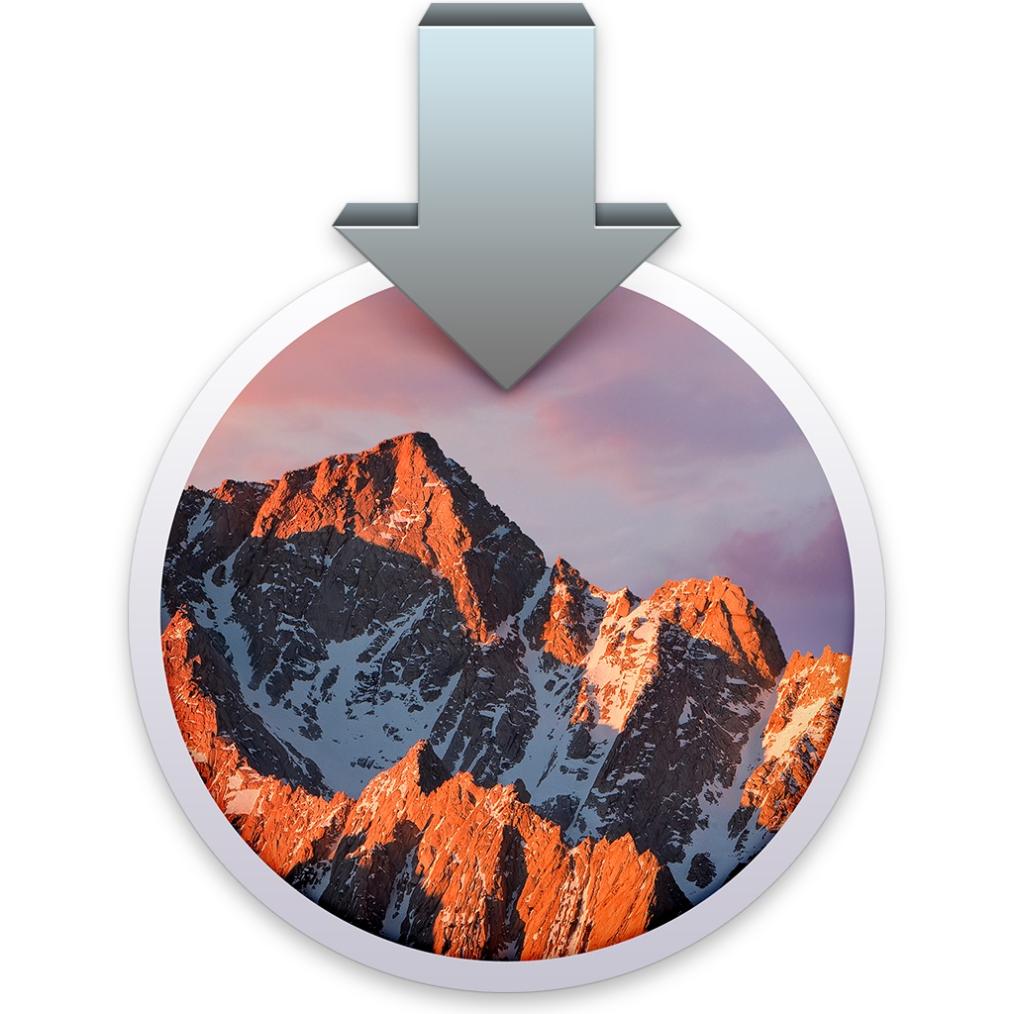What Are the Most Useful Command-Line Tools for macOS?
The command line is a powerful tool that allows you to interact with your computer directly, without the need for a graphical user interface (GUI). This can be a much more efficient way to perform many tasks, and it also gives you more control over your system.

There are many different command-line tools available for macOS, each with its own unique set of features and capabilities. In this article, we'll take a look at some of the most useful command-line tools for macOS, organized into three categories: essential tools, advanced tools, and development and debugging tools.
Essential Command-Line Tools
The following command-line tools are essential for any macOS user. They provide basic functionality for navigating the file system, manipulating text, and managing system resources.
Navigation And File Management
cd: Change directory.ls: List directory contents.mkdir: Create a directory.rmdir: Remove a directory.mv: Move or rename files and directories.cp: Copy files and directories.find: Search for files and directories.
Text Manipulation And Processing
cat: Concatenate and display files.grep: Search for a pattern in a file.sed: Stream editor for text manipulation.awk: Pattern-scanning and processing language.sort: Sort lines of text.uniq: Remove duplicate lines from a file.
System Administration And Information
top: Display system processes and resource usage.ps: Display running processes.kill: Terminate a running process.uptime: Display system uptime and load average.df: Display disk usage.du: Display disk usage for files and directories.free: Display memory usage.
Networking And Connectivity
ping: Test network connectivity.traceroute: Trace the route of packets across a network.nslookup: Perform DNS lookups.curl: Transfer data over a network.wget: Download files from the web.
Advanced Command-Line Tools
The following command-line tools are more advanced and are typically used by system administrators, developers, and other power users.
Package Management
Homebrew: Package manager for installing software.MacPorts: Another package manager for macOS.
Automation And Scripting
Shell scripts: Create scripts to automate tasks.AppleScript: Apple's scripting language for automating tasks.Automator: Graphical tool for creating workflows.
Development And Debugging
Xcode: Apple's integrated development environment.gdb: GNU debugger for C and C++ programs.lldb: Apple's debugger for Objective-C and Swift programs.

The command line is a powerful tool that can be used to perform a wide variety of tasks on macOS. By learning the basics of the command line, you can improve your productivity and gain more control over your system.
There are many resources available to help you learn more about the command line. Some good places to start include the macOS Terminal User Guide and the Apple Developer Documentation.

With a little practice, you'll be able to use the command line to perform all sorts of tasks, from simple file management to complex system administration.
YesNo

Leave a Reply